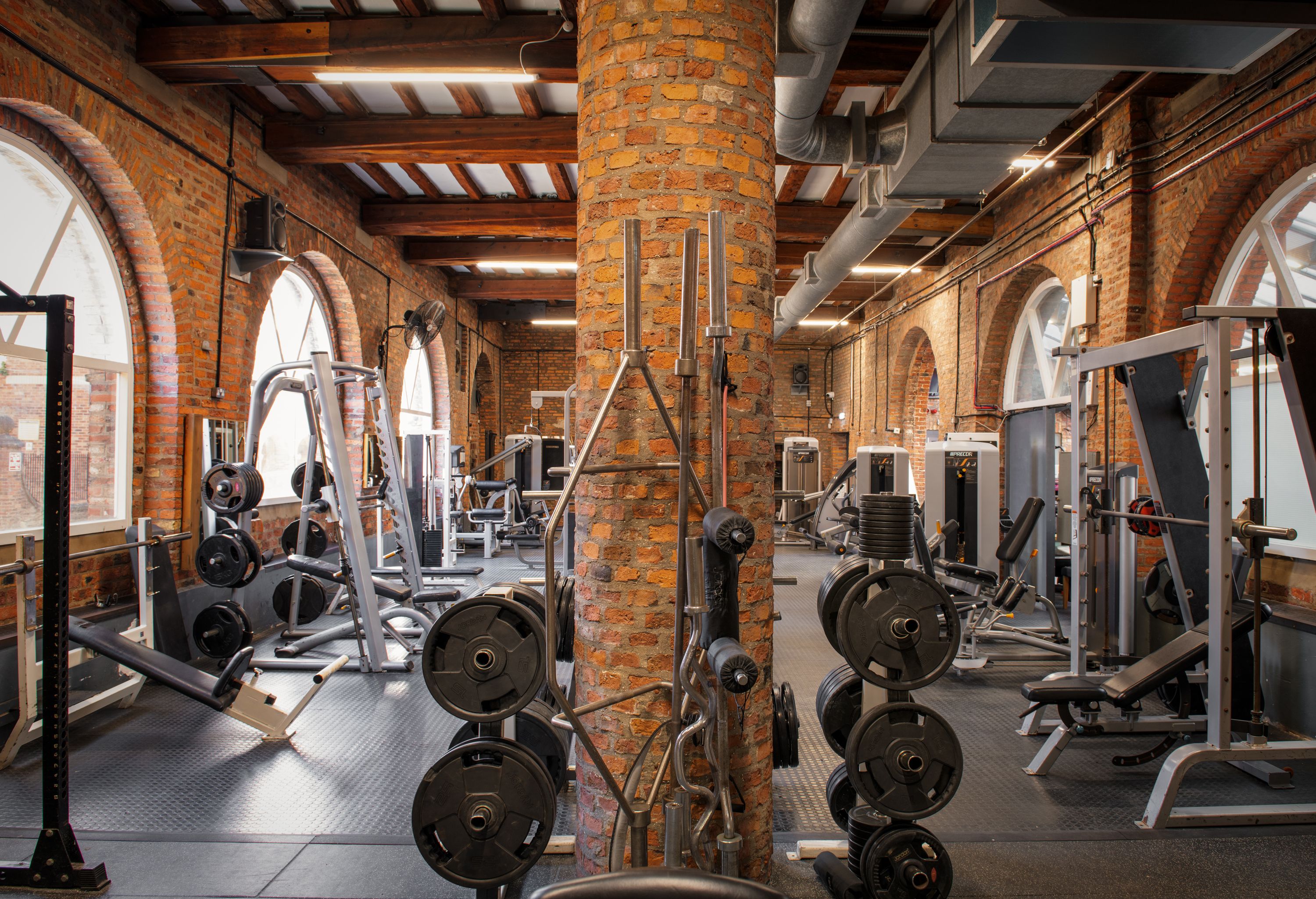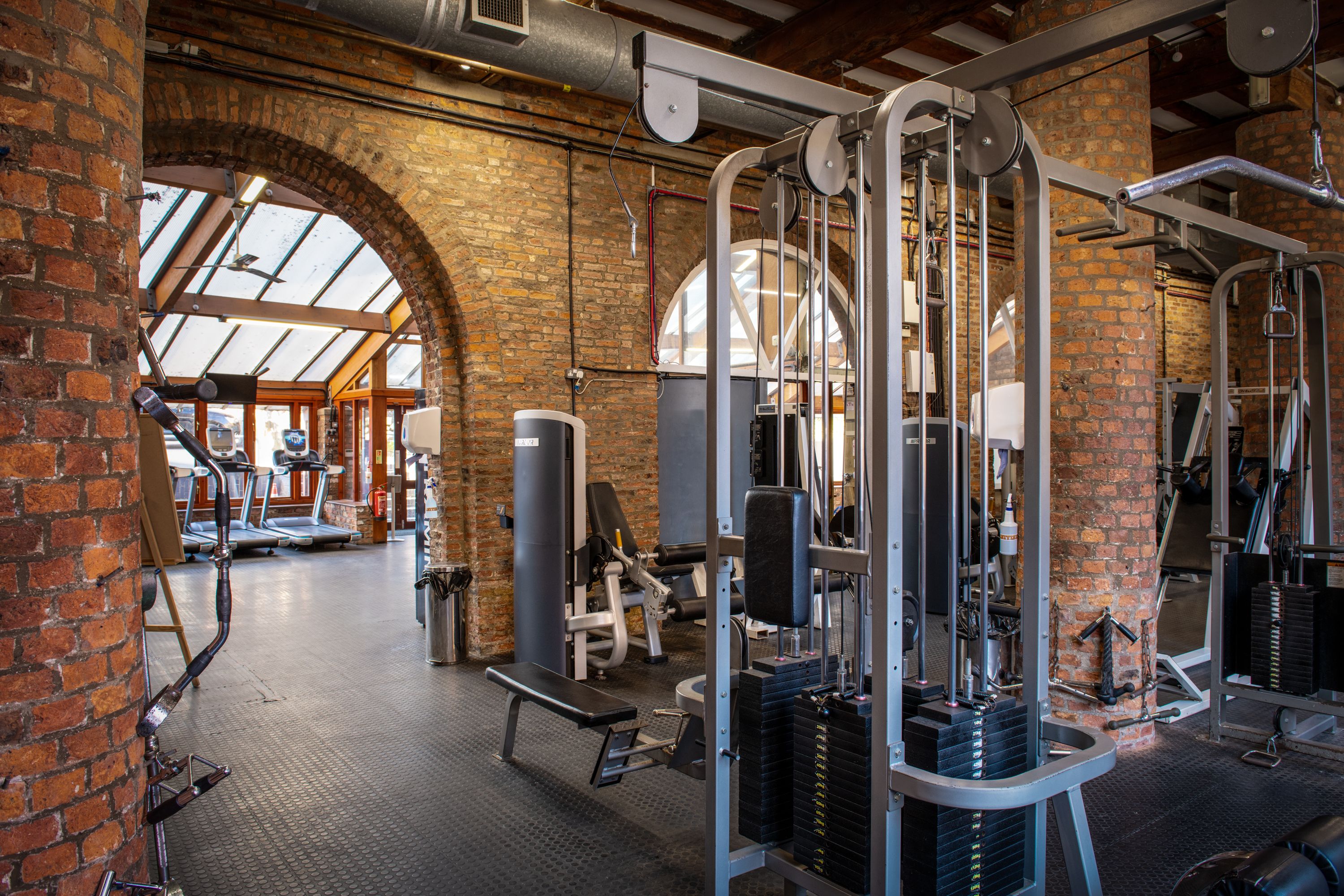Emperors Gym

State of the art equipment with plenty of space for free weights and rooms for classes. Keeping fit at Emperors Gym York is a pleasure not a chore.
Gym membership York
Memberships
There are lots of good reasons why we think you should take advantage of one of our membership packages
- We don’t charge you a joining or administration fee, and there are no hidden costs. We believe in providing excellent value memberships.
- If you are unable to commit to a long-term membership, then don’t worry, we also have short-term memberships available.
- We reward our loyal members by offering discounts at the gym and Middletons hotel.
- Discounts for corporate memberships.
- Regular promotions running throughout the year means greater savings for you and your friends.
To sign up call on 01904 610208 or email leisure@middletonsyork.co.uk or alternatively please feel free to visit the gym and one of the team will be more than happy to assist

Memberships
Emperors Monthly Membership £45 per month
Emperors Annual Membership £495 per year
Student Monthly Membership £41 per month
Student Annual Membership £451 per year
Senior Monthly Membership £41 per month
Senior Annual Membership £451 per year
Corporate Monthly Membership £41 per month
Corporate Annual Membership £451 per year
Concession Monthly Membership £41 per month
Concession Annual Membership £451 per year
One Day Pass £9.50
One Week Pass Upfront £27
One Month Pass Upfront £49
Class Timetable
Fitness sessions for all abailities, from yoga to indoor cycling to abs blast.